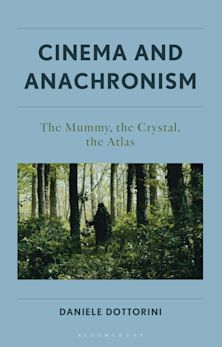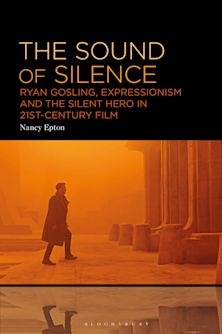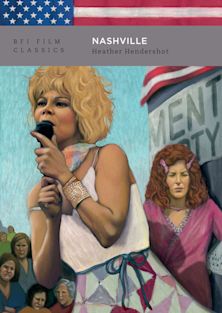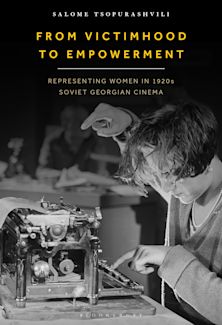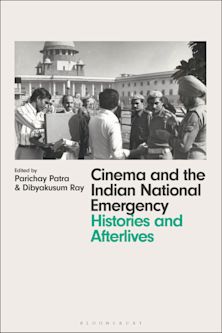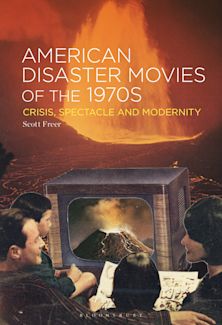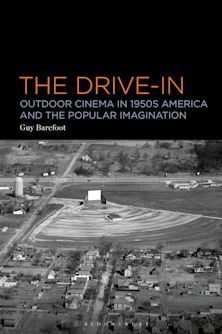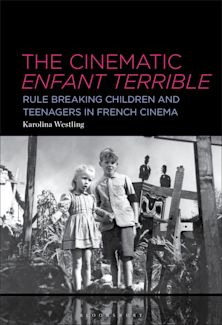- Home
- ACADEMIC
- Film & Media
- Film History
- Liveness and Recording in the Media
This product is usually dispatched within 10-14 days
- Delivery and returns info
-
Free UK delivery on orders £30 or over
Inspection copy added to basket
This title is available for inspection copy requests
Choose your preferred format. EU customers: we regret we cannot currently supply print inspection copies via the website but ebooks are available.
Please note ebook inspection copies are fulfilled by VitalSource™.
You must sign in to add this item to your wishlist. Please sign in or create an account
Description
We think of radio and television as live media. Yet much of their output is pre-recorded. And if we value liveness so highly, why do we often consume their output some time after it has been broadcast? This book provides some unexpected answers about the meaning of 'liveness' and 'recording', the complexity of their relationship, and their significance not just for television and radio but the popular music which is radio's mainstay.
Written in a clear and lively style, the book sets television and radio in the context of other media and traces the history of liveness and recording. To the relationship between these qualities it ascribes the rise of the serial programmes that characterise so much broadcasting. Citing well-known examples of broadcast output and making extensive use of BBC 1 as a case-study, it supports its arguments by taking illustrations and parallels from theatre, philosophical writing and even poetry.
Table of Contents
Acknowledgements
Introduction: the scope of the book
1. Liveness and broadcasting
2. The meaning of 'live'
3. What's so special about liveness?
4. Television and recording (1): Replacing liveness
5. Radio and recording: mostly music
6. Television and recording (2): Enhancing liveness
7. Real time and reel time: an evening's programmes on BBC 1
8. Broadcasting and time-shifted consumption
Conclusion: Liveness, recording, broadcasting
Bibliography.
Product details
| Published | 20 Apr 2012 |
|---|---|
| Format | Paperback |
| Edition | 1st |
| Extent | 128 |
| ISBN | 9780230282223 |
| Imprint | Red Globe Press |
| Dimensions | Not specified |
| Series | Key Concerns in Media Studies |
| Publisher | Bloomsbury Publishing |
About the contributors

ONLINE RESOURCES
Bloomsbury Collections
This book is available on Bloomsbury Collections where your library has access.

















